Anúncios
The Internet of Things (IoT) is transforming how people interact with the world around them. With a vast network of connected devices, innovations in this field are making everyday tasks simpler and more efficient. The synergy between IoT, artificial intelligence (AI), and machine learning (ML) is driving remarkable advancements that enhance both personal and industrial experiences.
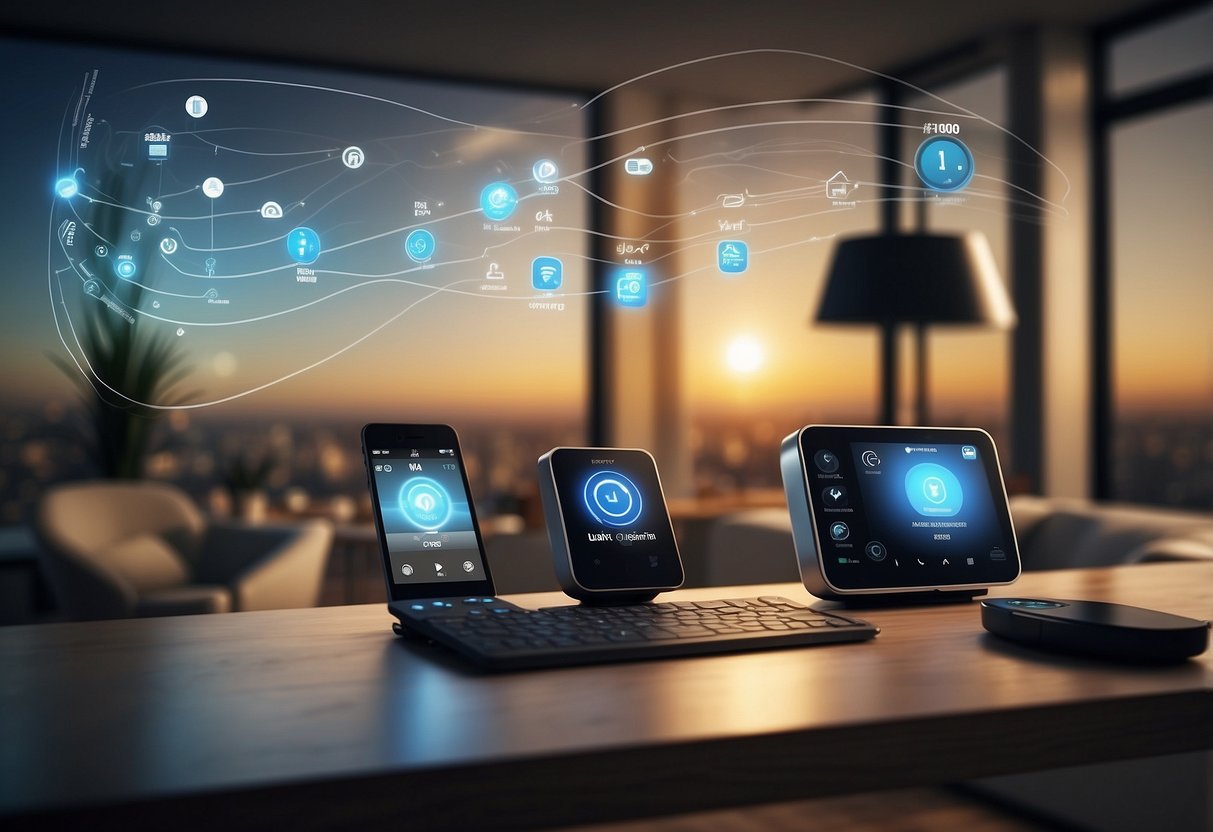
From smart homes to connected cities, IoT innovations are reshaping daily life and providing new solutions to complex problems. They enable devices to communicate seamlessly, resulting in improved functionality and data analytics. This interconnectedness allows for smarter decision-making, whether it’s managing energy consumption or monitoring health conditions.
As technology continues to evolve, the potential of IoT extends beyond convenience. It promises to create an ecosystem where devices work in harmony to deliver unprecedented insights. This fusion of IoT, AI, and ML is paving the way for a future filled with limitless possibilities.
The Evolution of IoT
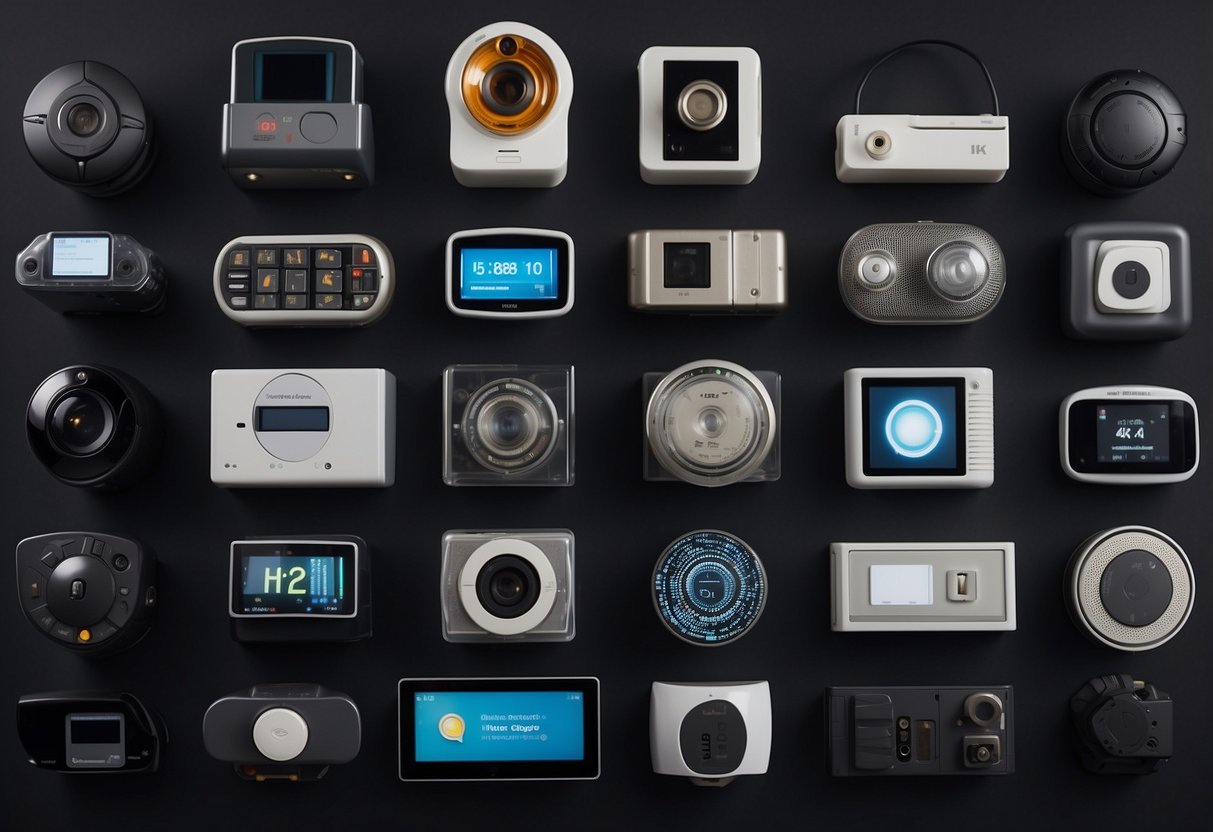
The journey of the Internet of Things (IoT) is marked by significant developments and key figures that have shaped its current form. Understanding the historical context, the pioneers involved, and the transition from RFID technology to a broader IoT landscape reveals how interconnected devices transformed industries.
Historical Milestones
The concept of IoT began in the 1960s with visionary ideas around networked computers. In 1999, Kevin Ashton coined the term «Internet of Things» while working on Supply Chain Optimization. This marked a turning point, connecting physical objects to the internet.
Key milestones include the standardization of communication networks. In 2002, the launch of Amazon Web Services introduced cloud computing. This provided the necessary infrastructure for IoT devices to store and process vast amounts of data. By 2006, advancements in sensors and battery technology made it possible for smaller, more efficient devices to connect seamlessly.
Pioneers in IoT
Kevin Ashton is often recognized as the father of IoT due to his foundational work in the field. His early focus on RFID technology set the stage for connecting various objects to the internet. Other notable figures include Mark Weiser, who promoted the idea of «ubiquitous computing,» emphasizing the need for smart objects that blend into everyday life.
Companies such as IBM and Cisco also played crucial roles in advancing IoT. They developed platforms and solutions that enabled the integration of various devices into cohesive networks, paving the way for smart homes and cities. These innovations have driven the growth of IoT applications across multiple industries.
From RFID to IoT
Radio Frequency Identification (RFID) technology was pivotal in the early stages of IoT. It allowed for the tracking of objects using sensors. Over time, this technology evolved into a broader array of internet-connected devices.
The transition involved integrating more advanced sensors that could gather data beyond simple identification. This innovation led to the emergence of smart objects capable of real-time data exchange. As networks became more robust, the potential applications of IoT expanded vastly.
Today, IoT encompasses diverse fields such as healthcare, logistics, and home automation, showcasing how a simple concept transitioned into a revolutionary technology.
Understanding IoT Technology
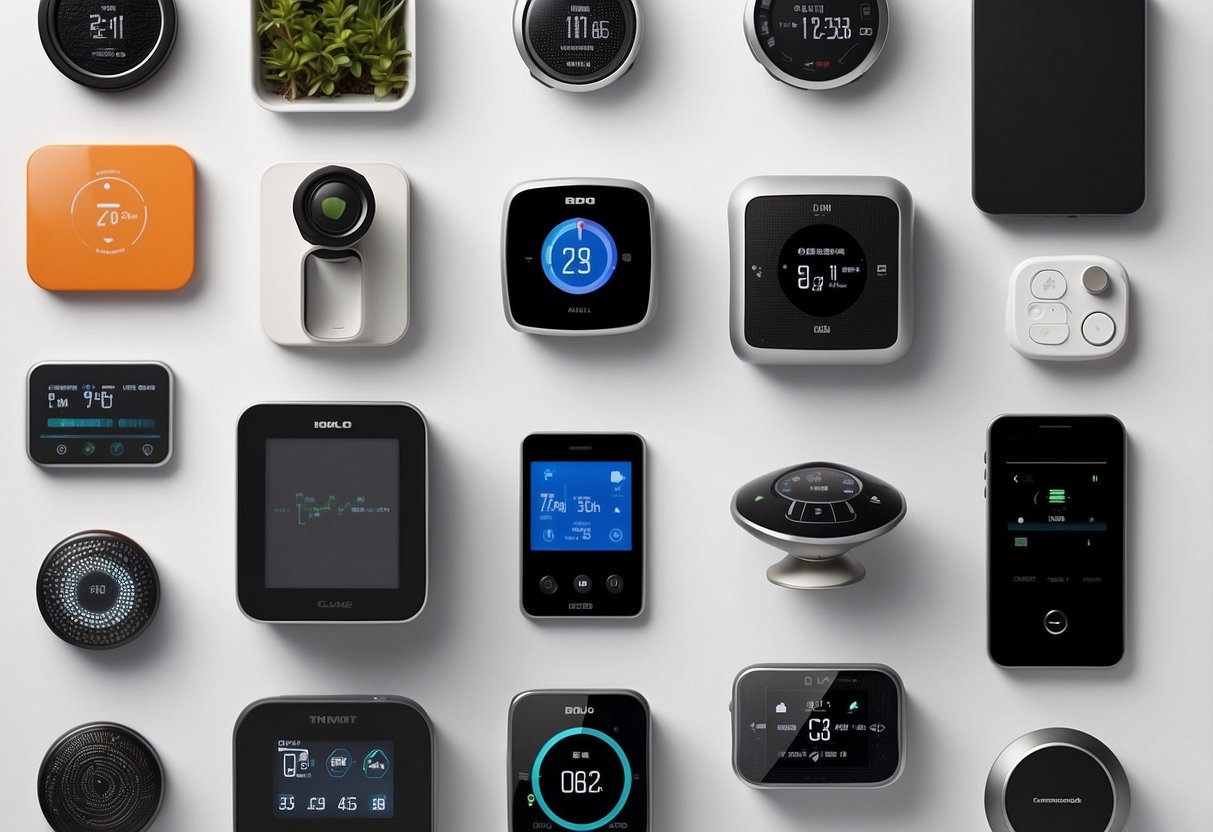
IoT technology integrates various elements that enable devices to connect, collect data, and communicate effectively. Key components include hardware and software, communication protocols, and efficient data management and cloud computing solutions.
Key Components of IoT Systems
The main components of an IoT system are hardware and software, which collaborate to create a functional network. Hardware includes sensors, chips, and gateways that collect and transmit data. Sensors detect changes in the environment, such as temperature or humidity, while chips process this data. Software analyzes the information and controls the device’s functions.
Devices require robust gateways that act as intermediaries. They connect local devices to the internet, ensuring continuous data flow. This combination of hardware and software allows IoT devices to operate effectively and respond to real-time information.
Connectivity and Communication Protocols
Connectivity is vital in IoT technology, as it determines how devices communicate with one another. There are various communication protocols, each suited for different applications.
Wi-Fi is common in home automation, offering high-speed connectivity but limited range. Bluetooth is often used in wearable devices for short-distance communication. For wide-area connectivity, cellular networks enable devices to connect over larger distances.
Another important protocol is Zigbee, which is designed for low-power devices. It facilitates communication in smart homes, creating a mesh network for stable connections. These protocols enable seamless communication, allowing devices to share data efficiently.
Data Management and Cloud Computing
Data management in IoT involves collecting, storing, and processing vast amounts of information. Many IoT systems utilize cloud computing to handle this data. The cloud offers scalable storage solutions, allowing data to be accessed anytime from anywhere.
Data collected by IoT devices is sent to the cloud through various communication protocols. Once there, it can be analyzed to drive insights and improve decision-making.
Efficient data management ensures that relevant information is filtered and made accessible to users. This process enhances the overall effectiveness of IoT applications, enabling smarter and more responsive systems in various industries.
IoT Across Industries
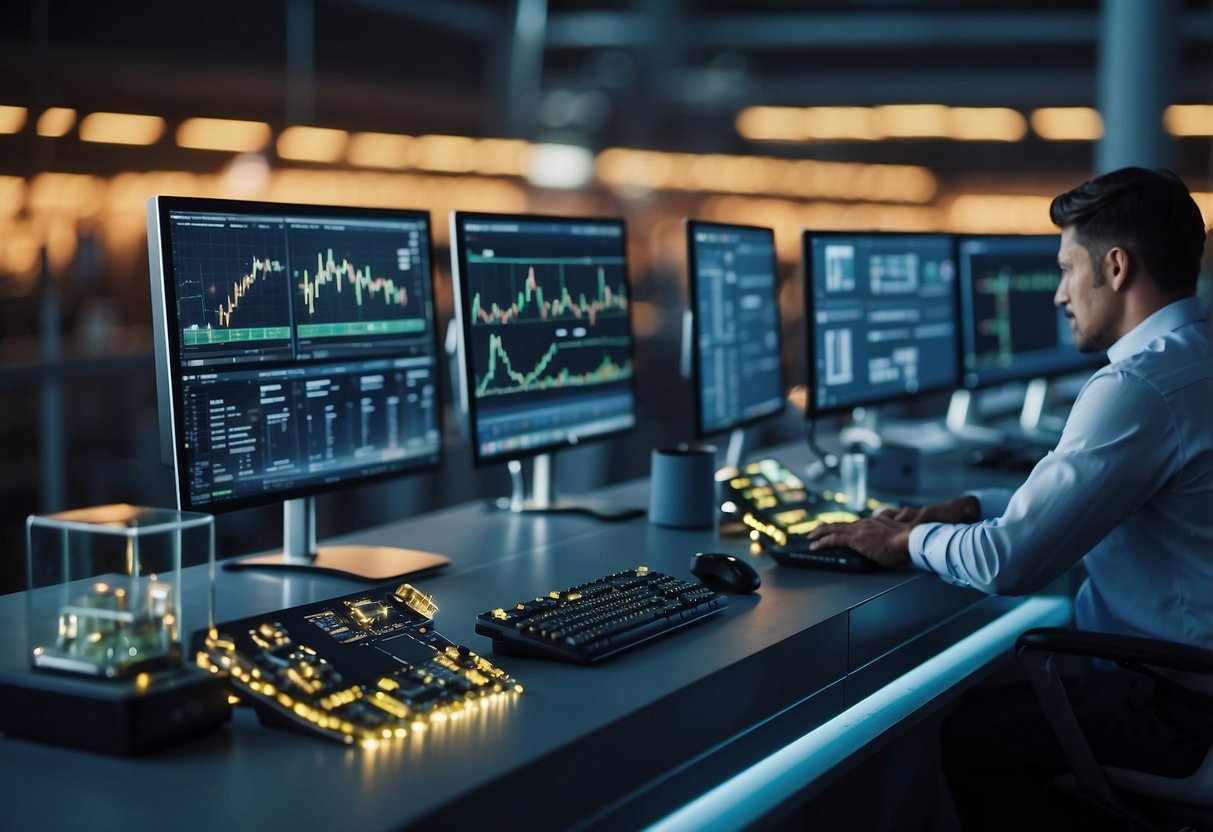
The Internet of Things (IoT) is transforming various industries by enhancing efficiency, safety, and user experience. Its applications span from healthcare innovations to smart home solutions, each with unique benefits that improve everyday life and operations.
Healthcare and Medical Devices
In healthcare, IoT devices are revolutionizing patient care. Wearable devices, such as fitness trackers and smartwatches, monitor health metrics like heart rate and activity levels. This data allows patients and doctors to track health trends in real time.
Moreover, medical devices connected to the IoT can alert healthcare providers to critical changes in a patient’s condition. For instance, smart glucose monitors notify users about their blood sugar levels, promoting timely interventions.
IoT-enabled telemedicine platforms also facilitate remote consultations, allowing patients to receive care from home. This is especially beneficial for those in rural areas with limited access to healthcare facilities.
Industrial and Manufacturing Automation
IoT is a game-changer for industrial and manufacturing sectors. Connected machines and sensors in factories gather data for predictive maintenance. This minimizes downtime and reduces repair costs.
Automated systems can optimize production lines, adjusting processes in real time based on data analysis. For example, sensors can monitor equipment health, alerting managers to potential issues before they escalate.
Furthermore, IoT enhances supply chain management. By tracking inventory levels and shipment locations, companies can improve delivery times and reduce waste.
Smart Home and Consumer Electronics
Smart home technology is gaining popularity as IoT devices become more accessible. Home automation systems allow users to control lighting, temperature, and security through their smartphones or voice assistants.
Devices like smart thermostats learn user preferences and adjust settings automatically, promoting energy efficiency. Similarly, smart security cameras offer real-time monitoring and alerts, enhancing home safety.
In consumer electronics, IoT integration creates more connected experiences. For instance, refrigerators can track inventory and suggest recipes based on available ingredients, promoting smarter grocery shopping.
Agriculture and Smart Farming
IoT technology is also making waves in agriculture. Smart sensors monitor soil conditions, weather patterns, and crop health. This data helps farmers make informed decisions about irrigation and fertilization.
Additionally, IoT devices such as drones assist in monitoring larger fields, providing aerial views that identify problem areas needing attention. This leads to more efficient use of resources and increased yields.
Overall, smart farming practices reduce environmental impacts while boosting productivity. Farmers can use data analytics to predict harvests and optimize planting schedules, ensuring better results.
Security and Privacy in IoT
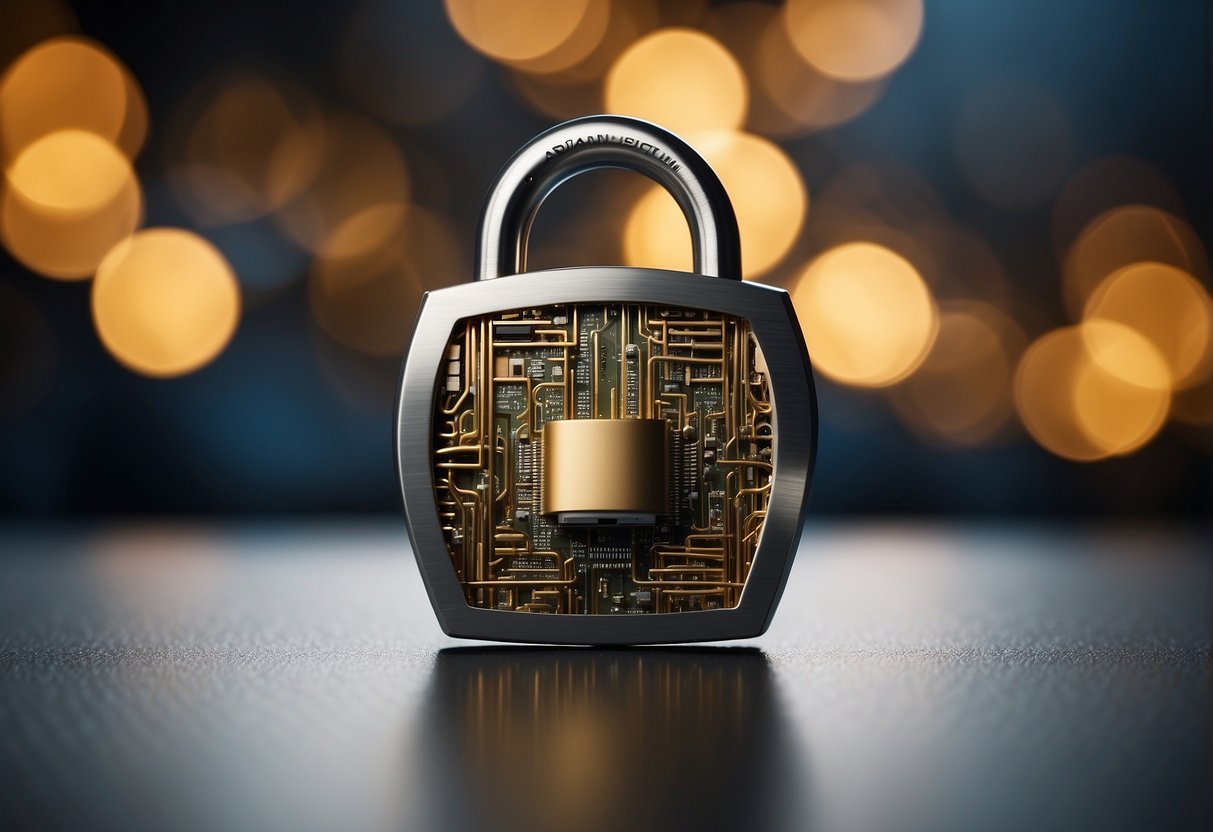
As the Internet of Things expands, security and privacy become critical concerns. Understanding the threats, implementing best practices, and adhering to regulations can help safeguard users and their data.
Threat Landscape and Potential Risks
The IoT environment presents a diverse range of threats. Hackers exploit vulnerabilities in devices, networks, and applications. Common risks include unauthorized access, data breaches, and malware attacks.
Several devices lack basic security measures, making them easy targets. As more devices connect, the impact of a breach can escalate quickly, leading to significant financial and reputational damage.
Additionally, weak authentication mechanisms and unencrypted data streams can expose sensitive information. Users must remain vigilant against phishing attacks and social engineering tactics aimed at IoT systems.
IoT Cybersecurity Best Practices
To enhance security, organizations should follow specific best practices. First, device authentication is essential. Implementing strong passwords and multi-factor authentication helps prevent unauthorized access.
Next, regular updates are crucial. Keeping firmware and software up to date mitigates vulnerabilities by applying the latest security patches.
Organizations should also segment networks to reduce the impact of potential breaches. By isolating IoT devices, they can limit hackers’ access to critical systems.
Finally, encryption plays a vital role. Encrypting data both in transit and at rest ensures that even if data is intercepted, it remains unreadable. Following these practices can significantly improve IoT cybersecurity.
Regulations and Standards
Various regulations help govern IoT security and privacy. The National Institute of Standards and Technology (NIST) provides guidelines specifically for IoT device manufacturers. Their frameworks outline minimum requirements for security practices.
In the United States, the Federal Trade Commission (FTC) enforces rules that protect consumer data. Compliance with these regulations is vital for organizations to avoid penalties.
Meanwhile, international standards like GDPR in Europe set strict guidelines for data protection and privacy. Companies must ensure they meet these standards to operate globally.
By adhering to established regulations and guidelines, entities can create a more secure IoT environment.
Advanced IoT Technologies
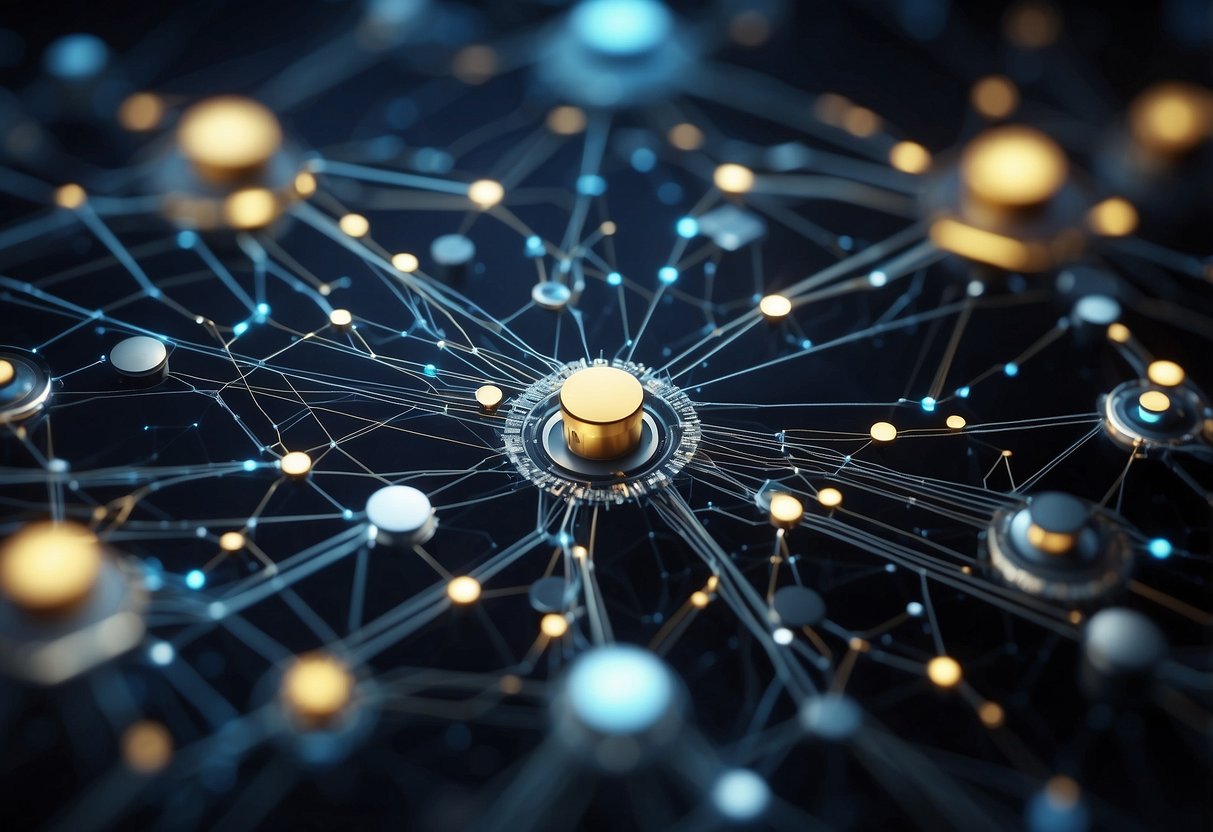
Advanced IoT technologies play a crucial role in enhancing the capabilities of connected devices. Key innovations include the integration of Machine Learning (ML) and Artificial Intelligence (AI), the use of Edge Computing for processing data on-site, and the deployment of 5G communications to support faster and more reliable connections.
Machine Learning and AI Integration
Machine Learning and AI are transforming IoT by enabling devices to learn from data and improve over time. These technologies analyze vast amounts of information, identifying patterns that help in decision-making without human intervention.
For instance, smart home devices can learn user habits, adjusting settings automatically. Similarly, predictive maintenance in industrial IoT detects potential equipment failures before they occur, minimizing downtime. The Artificial Intelligence of Things (AIoT) combines AI with IoT data, allowing for greater efficiency and smarter solutions across various applications.
Edge Computing and Real-time Data
Edge Computing is vital in IoT to process data closer to where it is generated. This reduces latency, allowing for real-time analysis and swift responses. By handling data at the edge, devices can operate swiftly, even in areas with limited bandwidth.
For example, in autonomous vehicles, real-time data processing is critical for decision-making while driving. This technology supports applications such as smart grids, which dynamically manage energy use. By decreasing the load on cloud resources, edge computing ensures efficient data management and enhances privacy and security.
5G Communications and IoT
The rollout of 5G communications is a significant advancement for IoT. With significantly faster speeds and lower latency, 5G supports a larger number of connected devices simultaneously.
This technology facilitates innovations in various fields such as healthcare, where remote surgery can be performed with real-time feedback. Smart cities benefit from 5G by enabling efficient traffic management and public safety systems. The improved connectivity offered by 5G enhances the performance of IoT devices, making them more reliable and effective in various applications.
Smart Cities and Connected Infrastructure
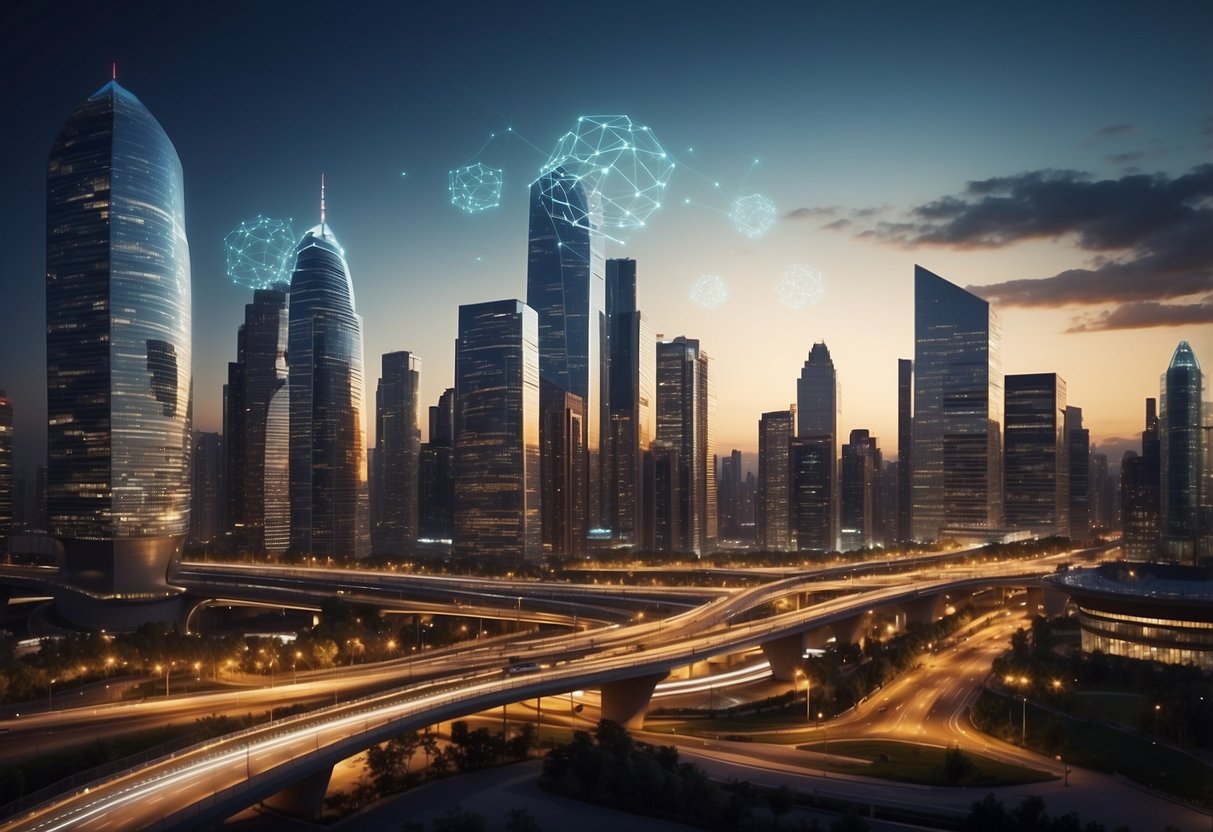
Smart cities rely on connected infrastructure to enhance urban living. By integrating technology into city management, these innovations ensure efficient services, improved transportation, and smarter resource usage.
Efficient Urban Management
Connected infrastructure allows city officials to monitor and manage urban resources effectively. Sensors collect real-time data on energy use, waste management, and water supply. This information enables timely decision-making and efficient resource allocation.
For instance, smart grids optimize energy distribution. Cities can adjust power supply based on demand, reducing waste. Smart waste bins alert collectors when they are full, improving collection routes and reducing operational costs.
Using data analytics, cities can also predict maintenance needs in infrastructure, leading to proactive repairs. This holistic management approach significantly improves operational efficiency.
IoT for Transportation and Mobility
Transportation is a critical area where IoT plays a vital role in smart cities. Connected vehicles and infrastructure enhance the flow of traffic and improve safety. Smart traffic lights can adjust their timing based on real-time traffic conditions, reducing congestion.
Additionally, public transport systems are increasingly using IoT technologies. For example, transit apps provide passengers with real-time updates on bus and train schedules, improving user experience.
Smart parking solutions guide drivers to available spots, minimizing search time and reducing emissions. This integration of IoT in transportation not only streamlines mobility but also promotes sustainability in urban environments.
The Future of IoT
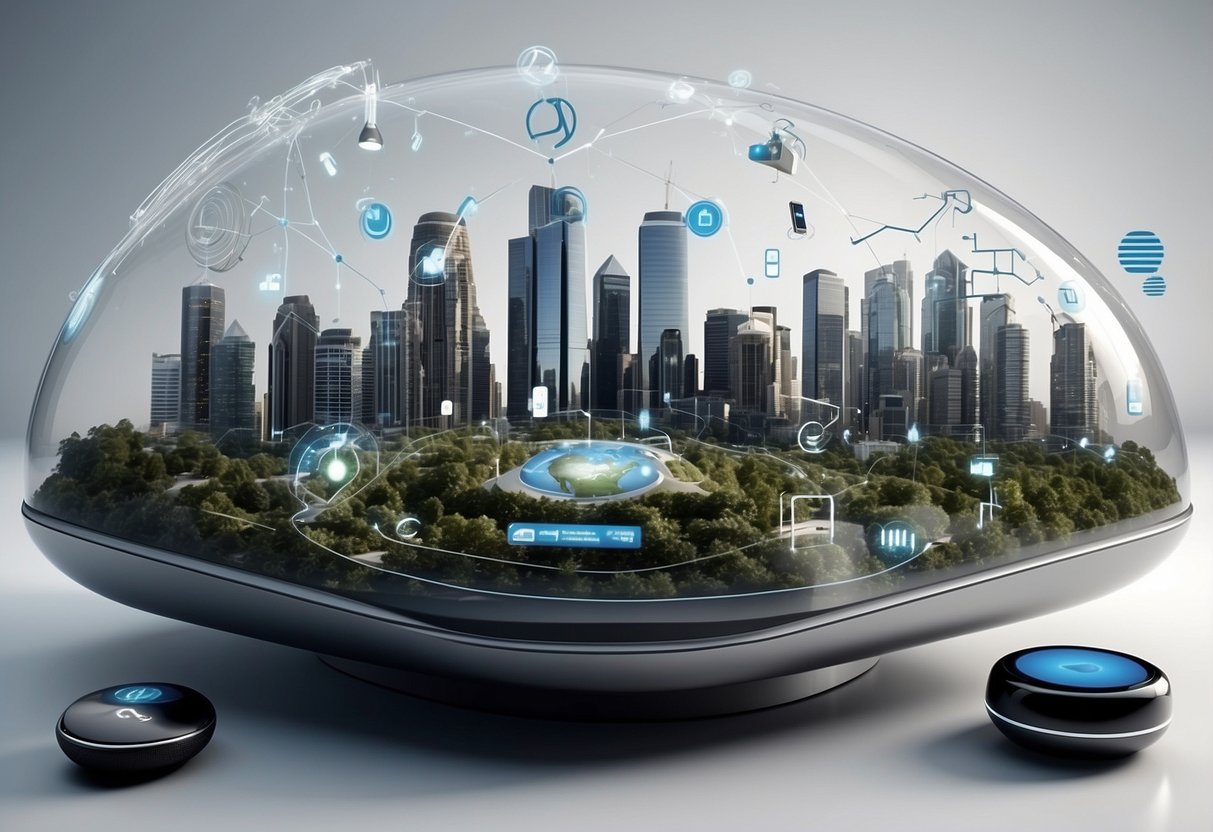
The future of the Internet of Things (IoT) is shaped by emerging technologies, demand for innovation, and the challenges and opportunities that lie ahead. Understanding these elements helps businesses and individuals prepare for a rapidly evolving landscape.
Emerging Technologies and IoT
Innovations like artificial intelligence (AI), machine learning (ML), and edge computing are driving IoT forward. These technologies enhance data processing, allowing devices to make real-time decisions.
Key Developments:
- AI and ML assist in predictive maintenance, reducing downtime and costs.
- Edge computing enables devices to process data locally, improving response times.
Startups are at the forefront of these emerging technologies, developing new solutions that leverage big data and connect devices in innovative ways. As these technologies mature, they will play a crucial role in sectors such as healthcare, transportation, and smart cities.
IoT and the Demand for Innovation
The appetite for innovation in the IoT space is increasing. Businesses recognize that adapting to technology is essential for survival. Companies are seeking new ways to gather and analyze data for better decision-making.
Key Trends:
- Energy management systems are evolving, promoting efficiency and sustainability.
- Businesses are using IoT solutions to improve user experience through personalized services.
With increasing demand, there is a surge in IoT startups focusing on niche applications. They aim to solve specific problems, driving the market forward with unique offerings and solutions.
Challenges and Opportunities Ahead
Despite the promising future, the IoT industry faces challenges. Data security and privacy concerns are significant barriers that must be addressed. There is a need for standards and regulations to ensure safe use of IoT technologies.
Opportunities to Consider:
- The potential for smart cities to optimize resources and reduce waste.
- The chance to leverage big data for market insights and improved services.
Successfully navigating these challenges will require collaboration among industry players. By addressing security and privacy, the IoT can grow, bringing innovative solutions that benefit society.